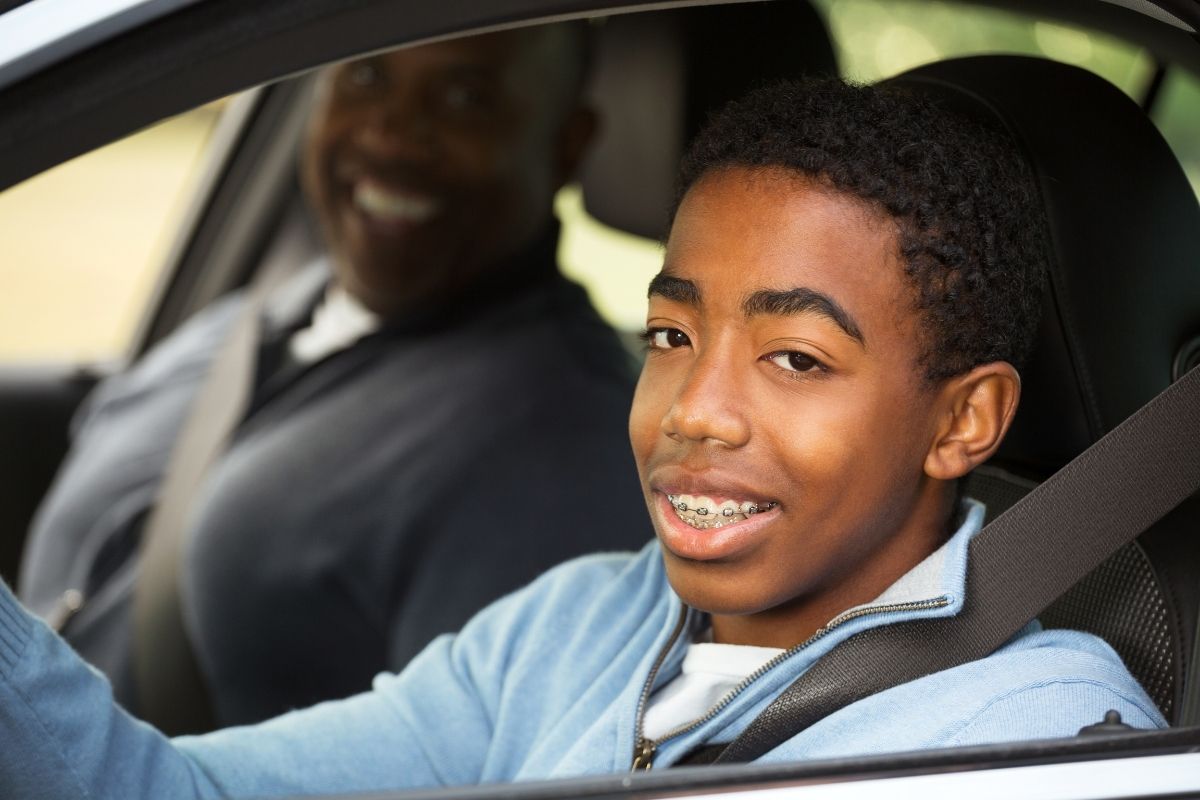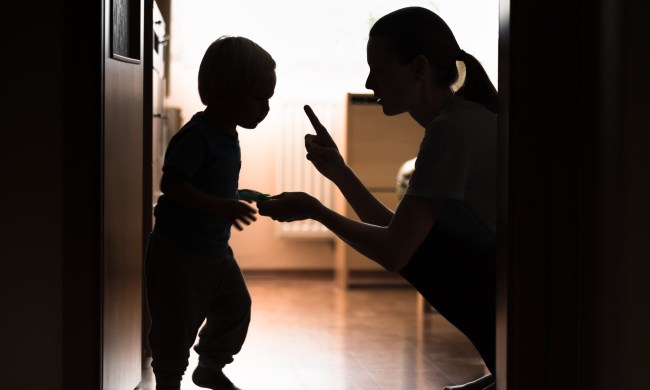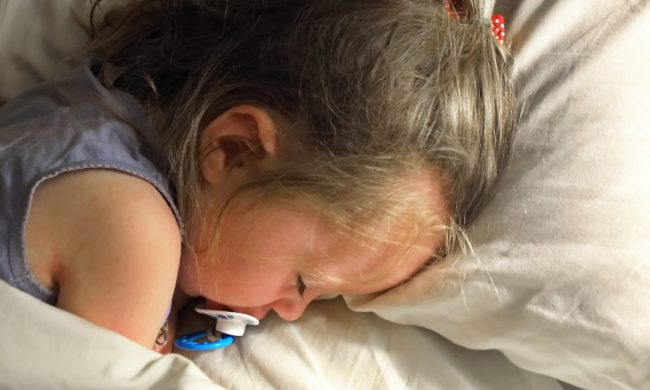If you’ve got a teen that’s about to get their driver’s permit you’re probably just as anxious as they are excited. Although this is a huge rite of passage for teens, it can be a nerve-wracking time for parents. Parents can help prepare their children for this huge milestone by taking the time to teach them important driving habits so that when they eventually pass their driver’s test and hit the road on their own, they’ll feel confident their driving behaviors are safe.
Teenage driving behavior typically gets a bad rap for good reason. According to the Insurance Institute for Highway Safety, teens between the ages of 16 and 17 have the highest risk of being involved in fatal car accidents. It’s one of the reasons states began using the graduated licensing system in the 90s. Let’s leave the car in park and make sure to teach these teen driving behaviors.
Teaching your teen to drive

As parents, you are your child’s first teacher. You’ve been a role model for your teen’s driving for a long time. Now that you’re in the passenger seat, make sure to pass on these vital teen driving behaviors.
Understand the vehicle
Before pulling out of the driveway after those 6 driving school hours, teens should know the ins and outs of the car. Car basics like how to turn on the lights, where the hazards are, how to open the trunk, how to pump gas, and how to change a tire are important lessons.
Eyes on the road
Distracted driving is the cause of many accidents. A major teen driving behavior is to have eyes on the road at all times. Talking on the phone, texting, changing radio stations, and even passenger triggers are distracted driving activities.
Two hands on the wheel
Having two hands on the wheel is safer than driving with one. With two hands, drivers are ready to react to the unexpected. Two hands on the wheel also help limit distracted driving.
Be aware of speed
According to the National Highway Traffic Safety Administration, speed is a contributing factor in 31% of car accidents involving teens in 2020. A critical teen driving behavior is monitoring speed in situations like bad weather. Also, obeying posted speed limits is a must.
Buckle up
Seatbelt use among teens is typically not high. Buckling up does save lives. In 2020, 52% of teens driving without a seatbelt died in crashes.
Be awake behind the wheel
Teens have a lot on their plates and tend to put sleep on the back burner. When teaching a teen to drive, talk about the dangers of drowsy driving.
Driving under the influence
According to the CDC, drinking and driving increases the risk of crashes with teen drivers. Make sure your teenager understands the consequences of driving under the influence.
Set a good example

Parents must remember their teens are watching them when they are driving so it’s crucial to set a good example when teaching their teens how to drive. Let’s face it; teens often mirror the behaviors they observe in their parents. Parents are their teens’ primary role models, and the way they handle situations on the road — such as staying calm in stressful traffic, obeying traffic laws, or avoiding distractions like cell phones while driving — can have a lasting influence on their teen’s driving habits.
Teens are more likely to adopt safe, responsible driving practices if they see their parents doing the same. Setting a positive example can help teens develop good driving habits and make safer decisions on the road, reducing the risk of accidents and fostering a sense of responsibility.
Inexperience leads to accidents among teens

The gradual licensing system is in place for a reason. Teens are at a higher risk for fatal crashes for a lot of reasons. In order for teens to become safe drivers, they need experience behind the wheel. Drive with your teen at all times of the day and in different types of weather to help them learn how to be a safe driver.




